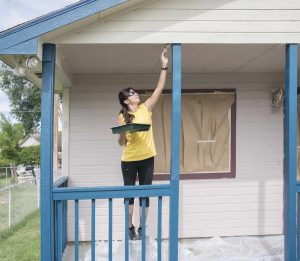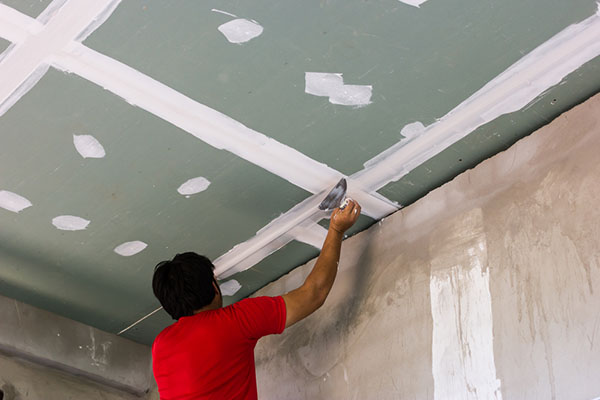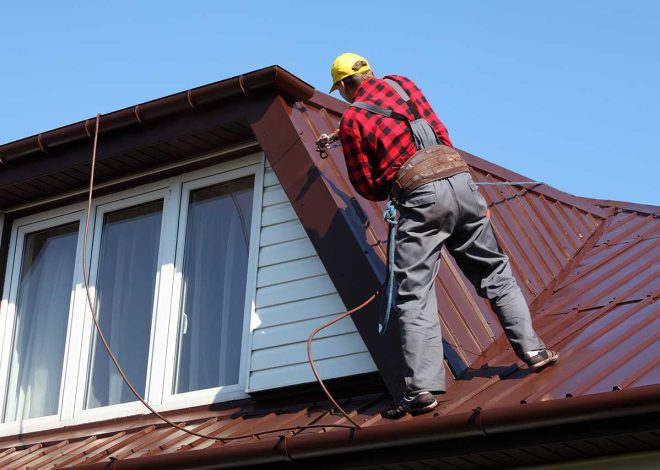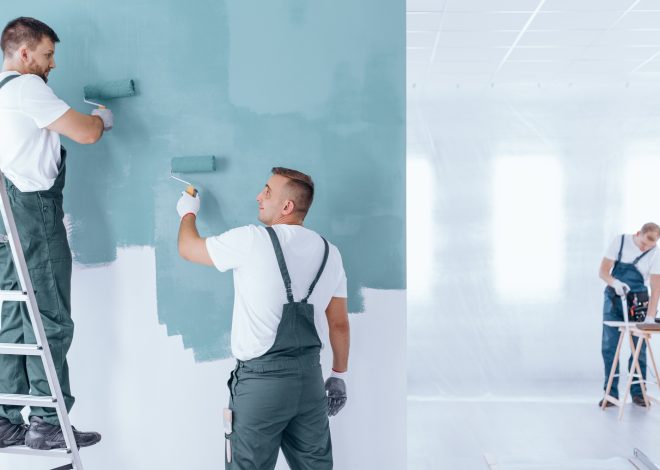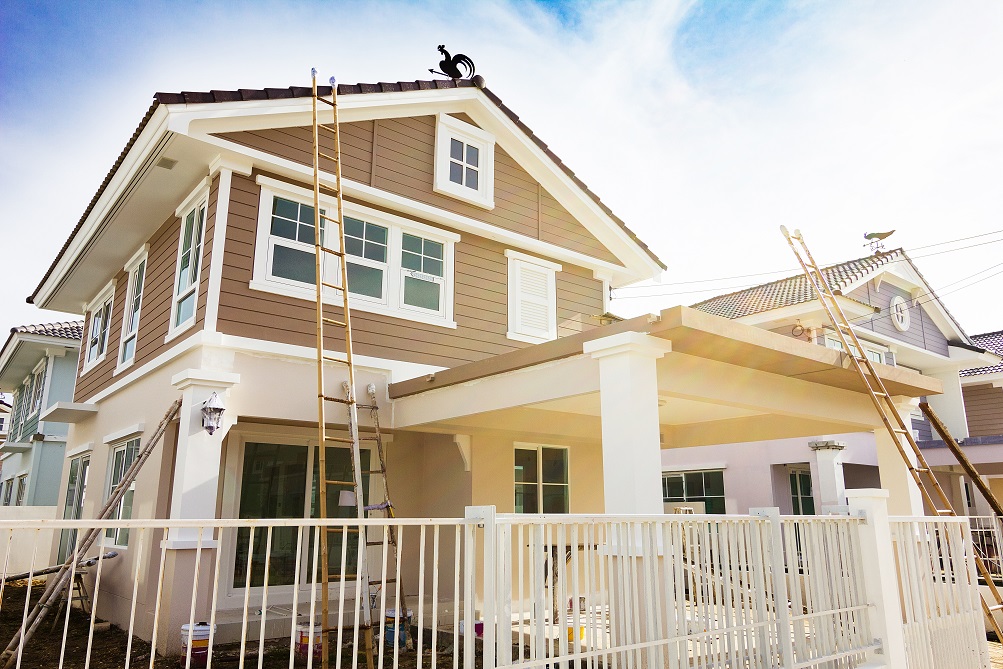
Tips for Painting Your House Exterior
House Painting, for example, is a project that should not be taken lightly. Take a firm stance, arm yourself with your arsenal, and prepare to go into battle. Most importantly, have fun and relax (if you can).
Here’s how to Paint Your Own House while maintaining your sanity and producing good work.
Each side of the house is a project unto itself.
Do not say: “I’m going paint the whole house right now.”
Think instead: I will paint one side of my house right now. Consider painting one side of your house and ignoring the other sides.
Work on the hardest, most boring parts first.
Under the eaves, for example, are a few of the most boring and difficult places. The most visible places are where you can have fun painting.
You will have a psychological problem if you start with the most fun things. You start to believe that the job is almost done. When you get to the hard, boring parts, it feels like twice as much effort. Get those places under the eaves out of your way first.
Give yourself a reward at the end of a boring stretch. You can tell yourself that if you finish this section of the facade, then you get to work on an area more interesting for a little while.
You can make your work easier by using flat finishes.
Satin or flat finish paint? Both have their advantages.
The light sheen of the satin finish exterior painting makes it easier to clean.
One of the best things about flat exterior paints is that they allow you to resume painting at any time, even after a long break. There are no visible seams.
The extension ladder is the best way to paint whatever you can reach.
It can take a long time to move a 16′ extension ladder up and down.
You should paint the area you can reach comfortably and safely from the ladder rather than follow a pattern dictated by your house’s architectural style.
Flat finish paint is handy again. It’s simple to blend in your new work when you return to the painted areas.
Paint sprayer vs. brush? You might not be right.
Since sprayers are now cheaper, many homeowners assume that spraying is faster than rolling or brushing. It’s not true.
It takes a lot of work to prepare for using a sprayer. Every square inch that is not going to be painted has got to be a mask.
You also need to extend the tarp at least five feet (and possibly even further) beyond the house. When you do a time-based calculation, brushing and rolling can be more efficient than spraying.
Pick your battles well.
Perfect the areas that are highly visible. You can do this by ensuring that the areas where you are most visible are perfect.
Some places, such as under the dreaded roof eaves, might not need the same tender loving care.
Don’t make paint do the work of sealing/patching.
Prepare the house by sealing and patching before you actually dip a paintbrush into it and smear it all over it.
Paint can do minor miracles. For example, it can fill in small holes and even hairline cracks. But that’s about it.
When you apply too much paint, it can cause problems. Preparation work, such as sanding or filling in gaps before painting, will result in a beautiful finish.
Choose the right season to paint your house.
If you paint the exterior of your house in the wrong season, you will be constantly fighting the weather.
You will still have to work against the clock in order to complete your project, even if it is a season that is “right” for painting.
Take every possible step, even the smallest.
To reach on your toes and swat at a fly is one thing. When you paint a 22′ section of your house on your toes, the amount of work and potential injury increases by the minute.
You will feel pain in your back later that evening. Use a step to paint over your head whenever possible.
